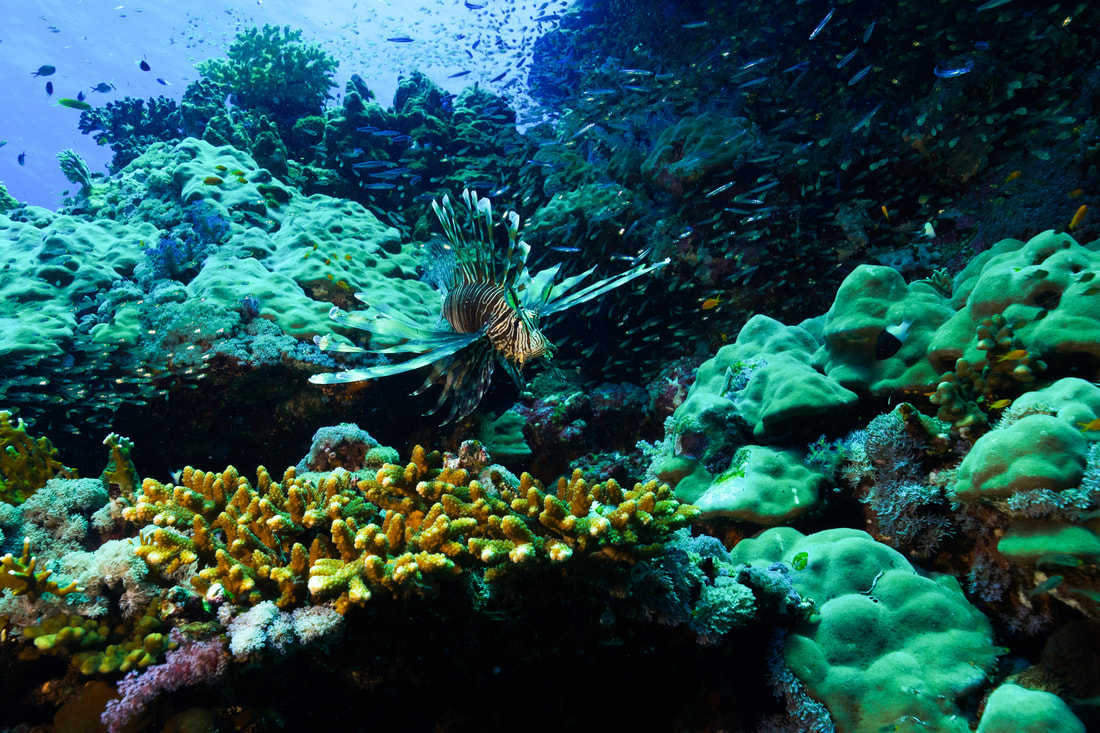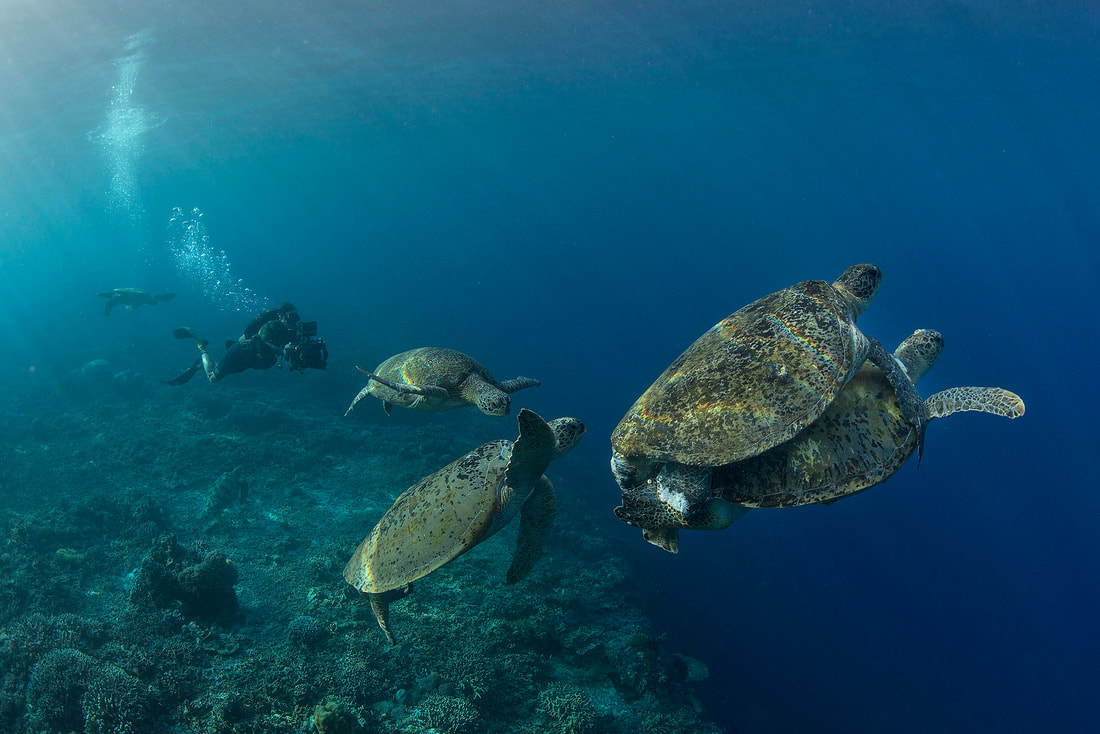|
We reached out to our Jackson Wild Media Awards filmmakers to ask them five questions about the experience of making their films.
What inspired this story? Producer Tom Hugh-Jones: We wanted to make a high-end wildlife series that broke the mold – something that was both visually and narratively dramatic enough to engage people who don’t typically tune in to natural history programming. Describe some of the challenges faced while making this film/program? THJ: Making Hostile Planet meant taking on all the usual challenges associated with an ambitious wildlife project and then squaring them. We not only had the perennial problems of animal no shows, complex logistics in remote locations and troubleshooting ever-more technical kit - we also had to do all this in appalling conditions. Normally when the weather takes a turn, we pack up and head for shelter, but on Hostile Planet, this was when we were just getting started. Covering the ways animals cope in extremes meant the crews had to endure the same. To add to all this, because we were focused on maintaining the drama and pace throughout the series, the bar for a successful shoot was that much higher. Normally when you don’t capture a key behavior, you can still make an interesting sequence out of the pretty, quieter moments. On Hostile Planet, we were committed to making an really ‘sticky’ show that hooked the viewers and never gave them the chance to leave - so if it wasn’t truly dramatic, it simply wouldn’t make the cut. What did you learn from your experience making this film/program? THJ: We learned that you should always look to do something different and endeavor to push beyond your comfort zone. Interrogate the reasons why convention in genres exists and then try to find ways to evolve them. There’s never been a more critical time to communicate the beauty and importance of the natural world, and this means finding new ways to reach new audiences. How do you approach storytelling? THJ: Good storytelling in natural history is never easy, and especially when you have a multiple characters and locations, but these days, it is essential. You have to believe in the power of story - that characters, journeys and timelines will inevitably make for a more engaging film than thesis and generalities. Then you have to be totally committed to following that through; there are so many uncontrollable variables waiting to mess with your story structure plans, so only the most committed and adaptable will come out the other end with a coherent and entertaining narrative. What impact do you hope this film/program will have? THJ: I hope this series fills audiences with admiration for the ways animals manage to survive in near impossible circumstances and encourage people to ensure their actions don’t make life any harder for animals than it already is. Were there any surprising or meaningful moments/experiences you want to share? THJ: Shooting in such hostile conditions brought many unexpected problems. When we filmed Arctic wolves in the depth of winter, it got so cold that our long-lenses all cracked. When we filmed penguins in the Falklands, the crew had to weather the worst storm in 30 years. In the Colombian jungle, the crew that covered lightning storms had to evacuate the location because of threats of kidnap. And when we followed fennec foxes in the Sahara, it got so hot that one of the vehicles burst into flames.
0 Comments
Leave a Reply. |
Archives
March 2024
Categories
All
|
Contact UsJackson Wild
240 S. Glenwood, Suite 102 PO Box 3940 Jackson, WY 83001 307-200-3286 info@jacksonwild.org |



 RSS Feed
RSS Feed